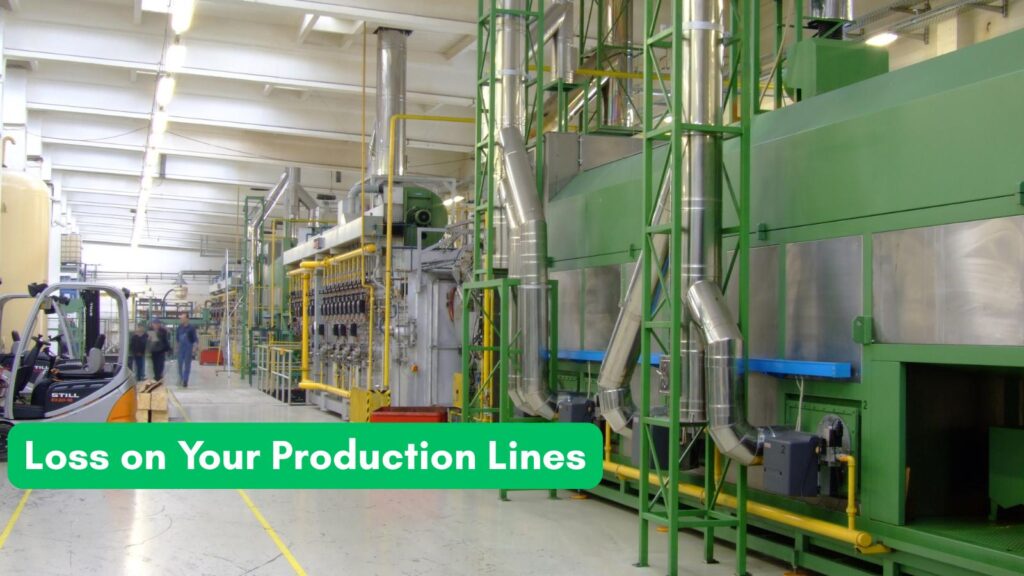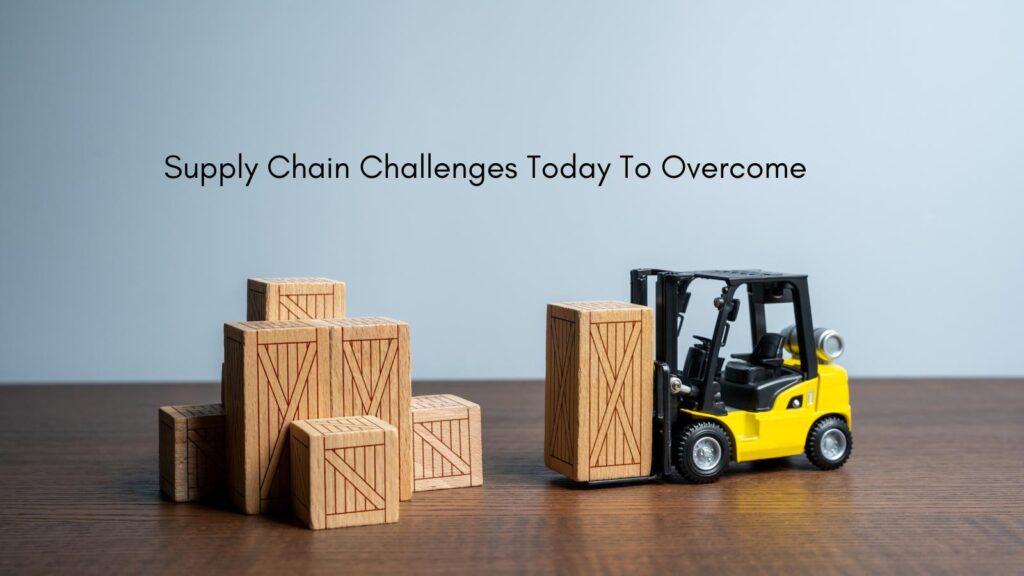Suppose you’re in the business of producing goods, whether to sell them directly to the consumer or other companies. In that case, keeping your production lines tight, effective, and efficient should be a priority.
However, the sources of loss can be subtle, and they aren’t often easy to immediately identify, but can build up through force of habit and sheer operational inertia. But that doesn’t mean you can’t pinpoint and stop them.
Here are a few common culprits you should take a look at first.
Table of Contents
Poor Planning
The workflow of any workplace matters significantly in terms of results, which is true of the production line. Bottlenecks are the most common example: when certain stages in the production process take longer than the others, this leads to delays and inefficiencies.
Poor scheduling or misalignment between different sections of the production line can cause a serious hold-up, leading to a lot of waiting. To address poor planning, manufacturers should invest in robust production planning software that provides real-time insights into workflow efficiency.
Analyzing past performance and production patterns allows managers to anticipate and allocate resources effectively. Good communication between your workers can help you identify planning issues in advance, allowing you to implement fixes in time to prevent loss.
Equipment Failure in Your Production Lines
Another significant cause of loss on any production line is equipment failure, which is a major factor in unplanned downtime, the rise of maintenance costs, and damage to materials and products. One of the best ways to prevent it is with asset condition monitoring, a strategy based on predictive maintenance that detects early signs of wear and tear and allows you to act on them before they become more expensive repairs.
Suppose you wait for your machinery to break down. In that case, the inevitable cost of getting it up and running again, not to mention the cost of downtime, can significantly outweigh the costs of investing in conditioning monitoring systems and a routine maintenance schedule.

Human Error
As much as you might invest in keeping your workflows and equipment in their most efficient form, humans have to operate alongside them at some point, and this is where mistakes can come into play. Incorrect machinery usage, a drop in assembly standards, or failures to work within safety protocols can cause defects, waste materials, and require rework.
You can address human error by ensuring that your team gets frequent training to maintain their standards, ensuring they are supervised, and avoiding fatigue from overwork. However, perhaps the most efficient way to prevent human error is to downsize how much of a role it might have, such as by automating more of your production line.
Human supervision is required at some point, so you can’t avoid the responsibility of keeping employees engaged and vigilant, but you can limit how much damage they can do.
Poor Inventory Management
It’s not just the production line that must be carefully monitored. You must also carefully manage the inventory of your finished products and the raw materials you use to make them.
Poor inventory management can lead to disruptions in production due to issues like material shortage or losing stock that you have already produced, forcing you to make it again. Inaccurate demand forecasting, inefficient storage systems, and a lack of real-time inventory tracking often cause this.
Implementing an inventory management system that integrates with production planning can help maintain optimal stock levels.
Accidents And Mishandling In Your Production Lines
Many issues that cause lost time, materials, and effort are systemic, but accidents can also happen. Materials can be mishandled or damaged in transit, which can cause not only product damage but downtime and even injury if you’re not careful.
As such, accidents risk your resources and workers. Creating a strong safety culture is crucial in minimizing accidents. Providing employees with proper safety training, personal protective equipment, and thorough guidelines on handling different machinery and materials can reduce the risks present in the workplace.
As mentioned earlier, automation can also make your workplace much safer by removing humans from potentially risky processes.
Conclusion: Fixing Your Production Lines
Loss can have a meaningful, measurable, and negative impact on your business’s survival and success. However, fixing your production lines doesn’t have to feel overwhelming.
Start by pinpointing key issues affecting efficiency, quality, or downtime. Focus on small, actionable changes that bring noticeable improvements, like upgrading outdated equipment or improving worker training.
Regular maintenance schedules can prevent costly breakdowns before they happen. Clear communication between teams is also important—it keeps everything running smoothly.
Use data from production reports to track progress and adjust when needed. The goal isn’t perfection overnight, but steady, measurable progress you can sustain long-term. Ready to take the first step?
Focus on what’s slowing you down the most and tackle it head-on.




